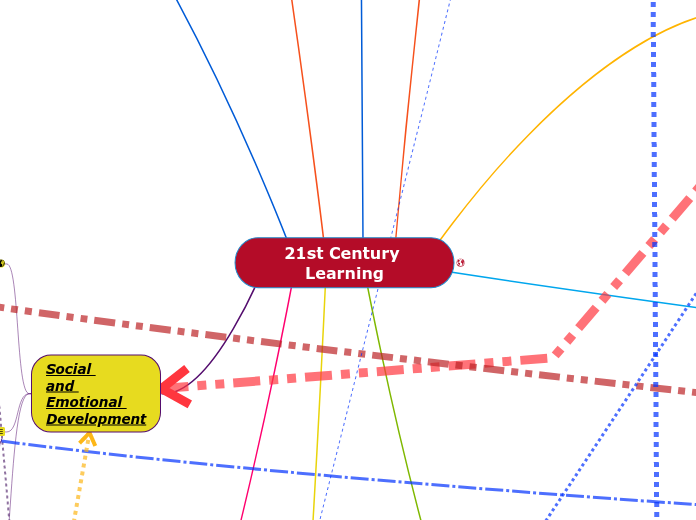jonka Prince Abudeyah 6 vuotta sitten
112
Summary
In understanding environmental processes, feedback loops play a crucial role. Negative feedback loops act to reduce the original cause of an effect, stabilizing the system, while positive feedback loops amplify the initial cause, potentially leading to more pronounced changes.









